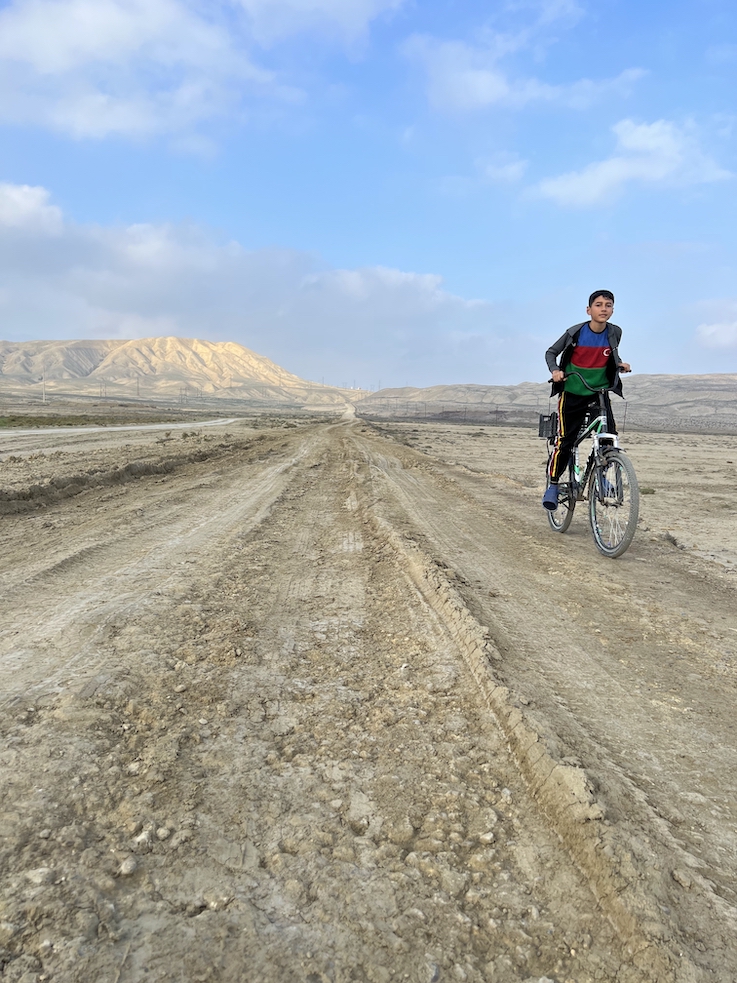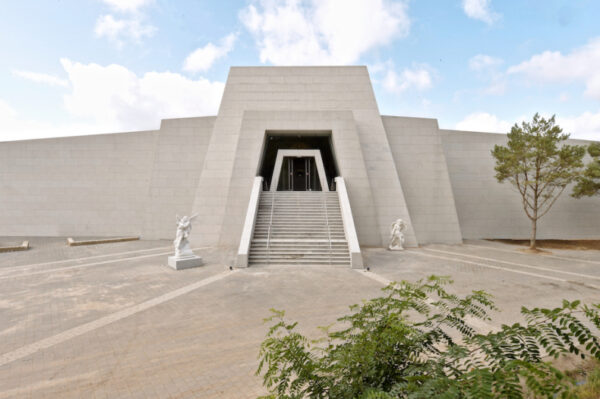For those who truly seek to explore uncharted territories during an adventurous journey, Azerbaijan is the bucket list destination of choice. From mud volcanoes to top-notch gastronomy and eternal flames, calling it ‘a land of contrasts’ would be an understatement.
Text Anja Van Der Borght
Over the centuries, Azerbaijan has been occupied by numerous different cultures. Persians, Romans, Greeks, Arabs, Mongols, Turks, British, and more recently, the Russians have all left their mark. Today, this rich history manifests itself in a diverse culture and architecture. From the airport to the heart of the capital, Baku, the largest port city on the Caspian Sea, we drive along a grand boulevard adorned with ultramodern skyscrapers, government buildings, and a magnificent stadium. These modern structures stand in stark contrast to the historic Old City and long rows of monotonous Soviet-era apartment blocks, silent witnesses of a not-so-distant past.
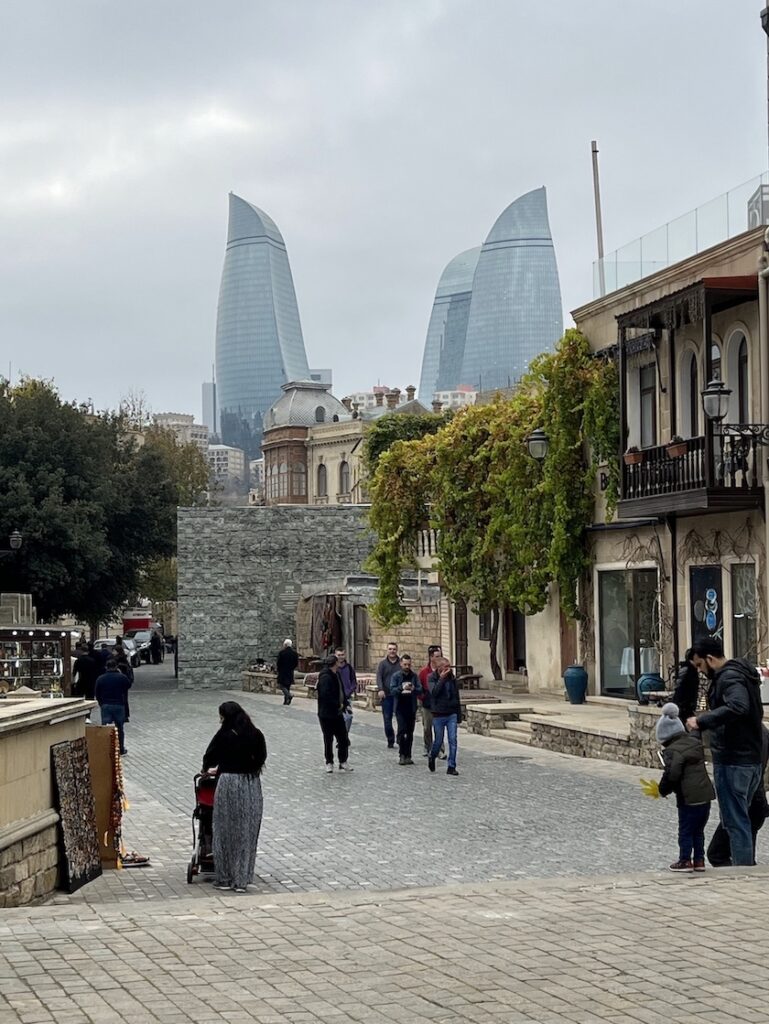
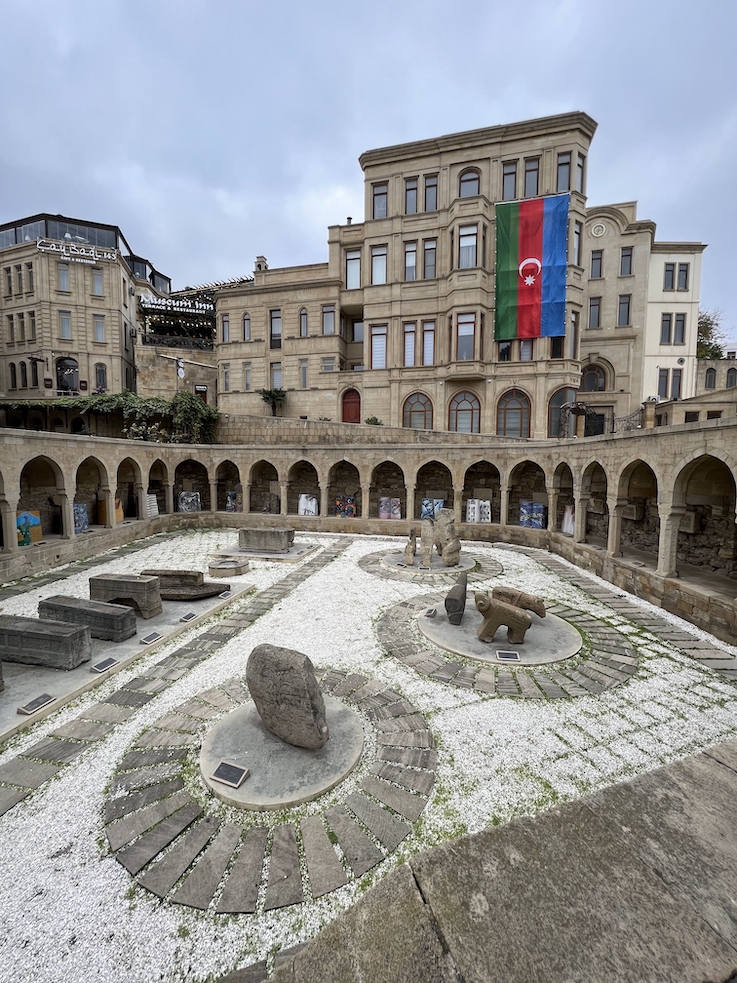
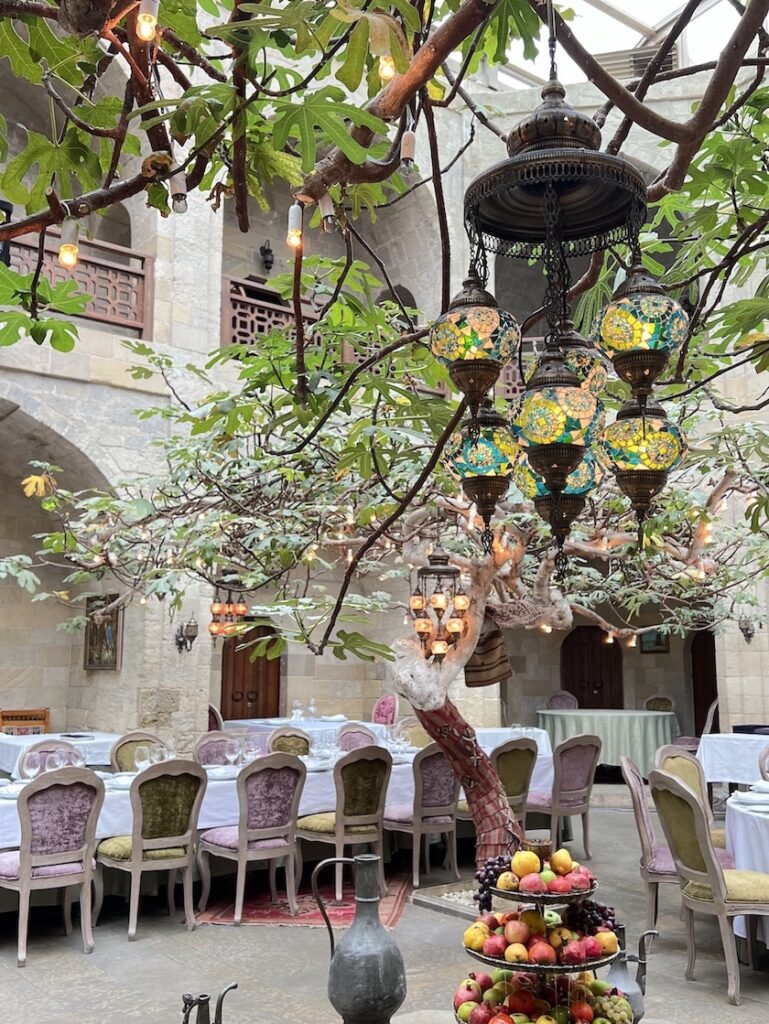
From Ladas to Lamborghinis
A breath of fresh air welcomes us as the honking horns and chaotic traffic—ranging from Ladas to Lamborghinis—give way to a serene atmosphere beyond the fortified walls of the medieval Old City (UNESCO World Heritage Site). Within the city walls, cozy and peaceful narrow winding streets, nearly devoid of cars, await. Some of these streets are as narrow as just seventy centimeters! We stroll past historic mosques, bathhouses, and palaces, many of which have been beautifully restored and open to the public. After climbing the spiral staircase of the 12th-century Maiden Tower, we are rewarded with a breathtaking 360° view of Baku. Similarly, from the 15th-century Palace of the Shirvanshahs nearby, one of the gems of Azerbaijani architecture dating back to the time when Baku was the capital of the Shirvanshah realm, we can enjoy a similar vista. Be sure not to miss the caravanserais a little further on. These were inns for traders transporting goods between East Asia and the West along the Silk Road. The merchant would sleep on one side of his room, while his pack animal occupied the other. In Baku, you can even have lunch or dinner in a historic caravanserai. The Bukhara Caravanserai is larger and more beautiful than the 12th-century Small Caravanserai (which also has a restaurant), but be prepared to climb a challenging staircase. For an exceptionally beautiful example, it’s worth traveling to the historic town of Sheki, in the north of Azerbaijan, just under five hours’ drive from Baku.
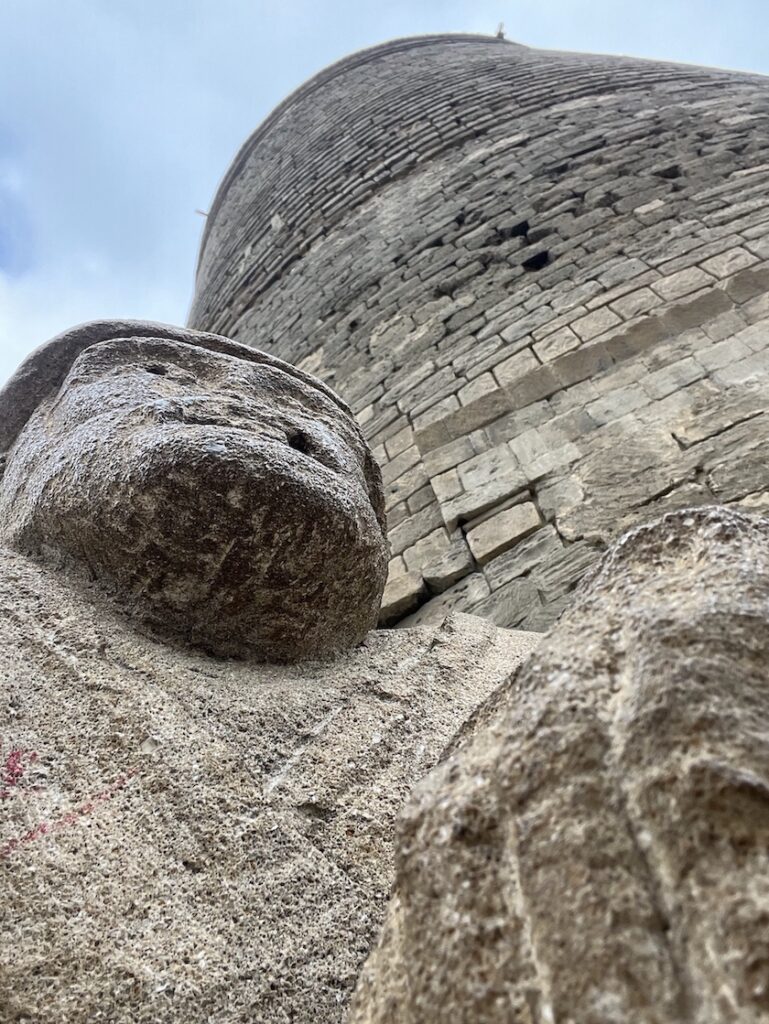
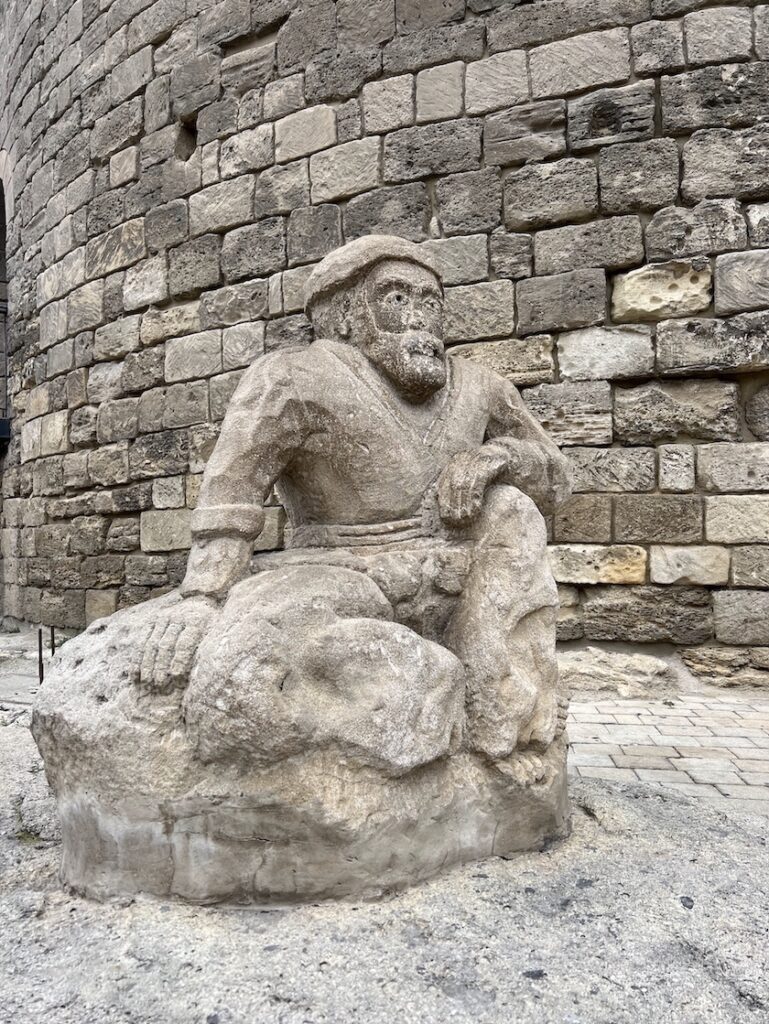
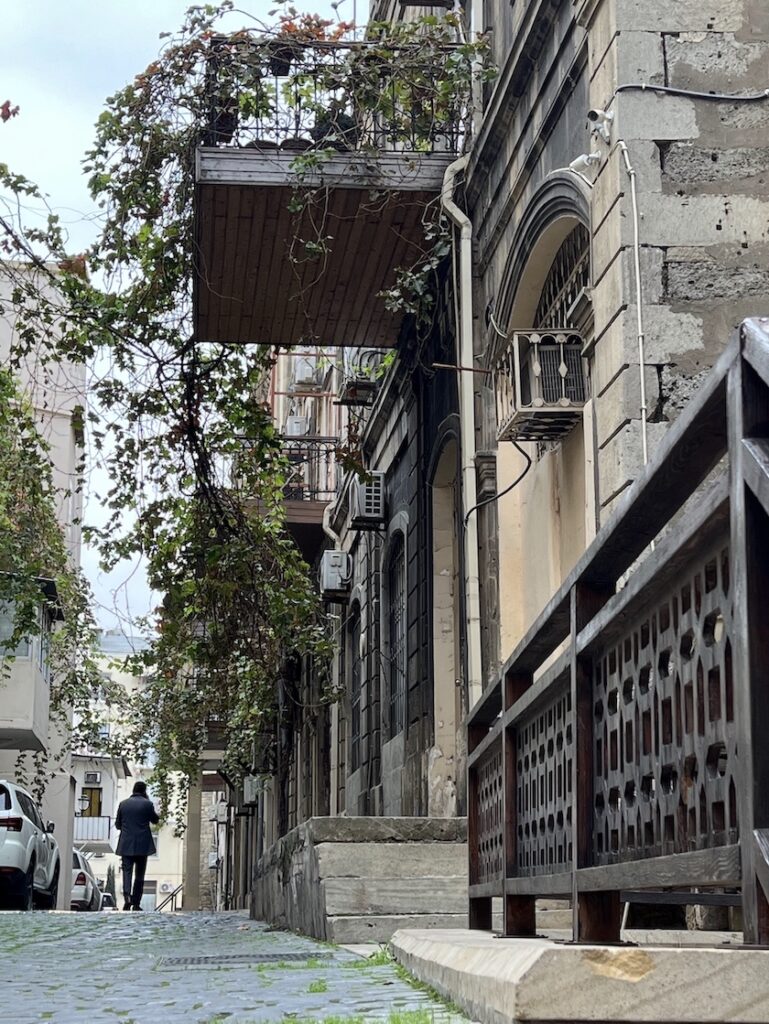
A Land of Contrasts
At five o’clock in the morning, we rise early to complete the round trip to Sheki in a single day, and it soon proves to be more than worthwhile. Arid regions with old petrol stations alternate with Soviet-era kiosks along the road from Baku to Sheki, injecting a sense of quirkiness into the beautiful nature and majestic vistas of the snow-capped peaks of the Caucasus. We enter Shaki through an access road lined with color photographs of soldiers, war heroes who lost their lives in the 2020 Karabakh War, a 44-day armed conflict between Azerbaijan and Armenia. These are somber memories of a struggle born out of the dissolution of the Soviet Union in the early 1990s, with the Karabakh region at stake—a region located in Azerbaijan but predominantly populated by Armenians. Tourists visiting Azerbaijan will appreciate its culture, nature, and gastronomy. Azerbaijan is a land of contrasts. One moment, we negotiate the price of Malossol caviar in a shop in the center of Baku, and a few hours later, we find ourselves in a local restaurant where the “kitchen,” housed in a tent, makes a festival booth appear upscale. A momentary wave of anxiety washes over us, but the food is surprisingly delicious, and we don’t fall ill even once. On the contrary, we indulge in delicious open-air barbecued chicken with fresh salads and a refreshing infusion of purple basil. Just the thought of it makes our mouths water.
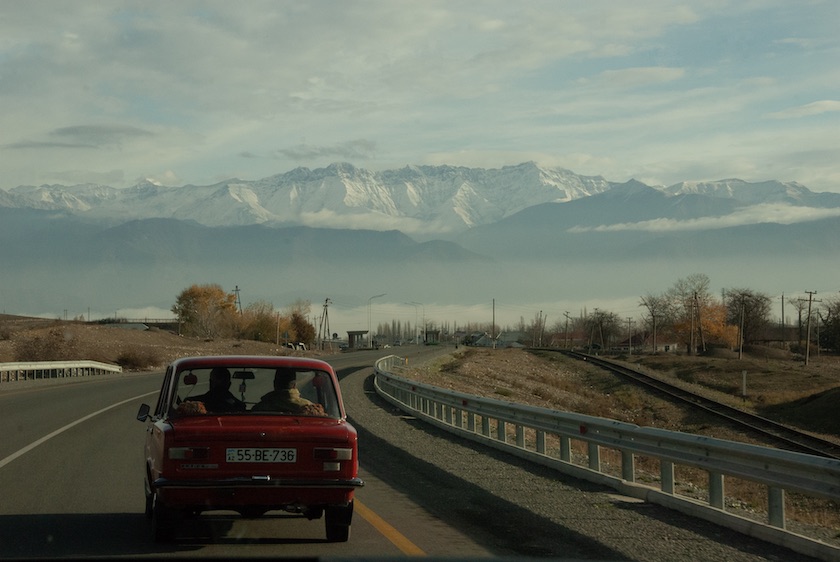
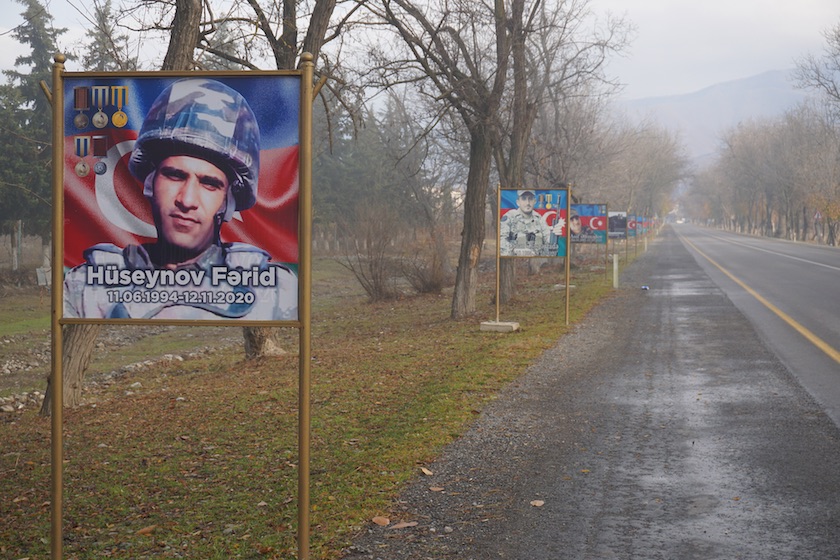
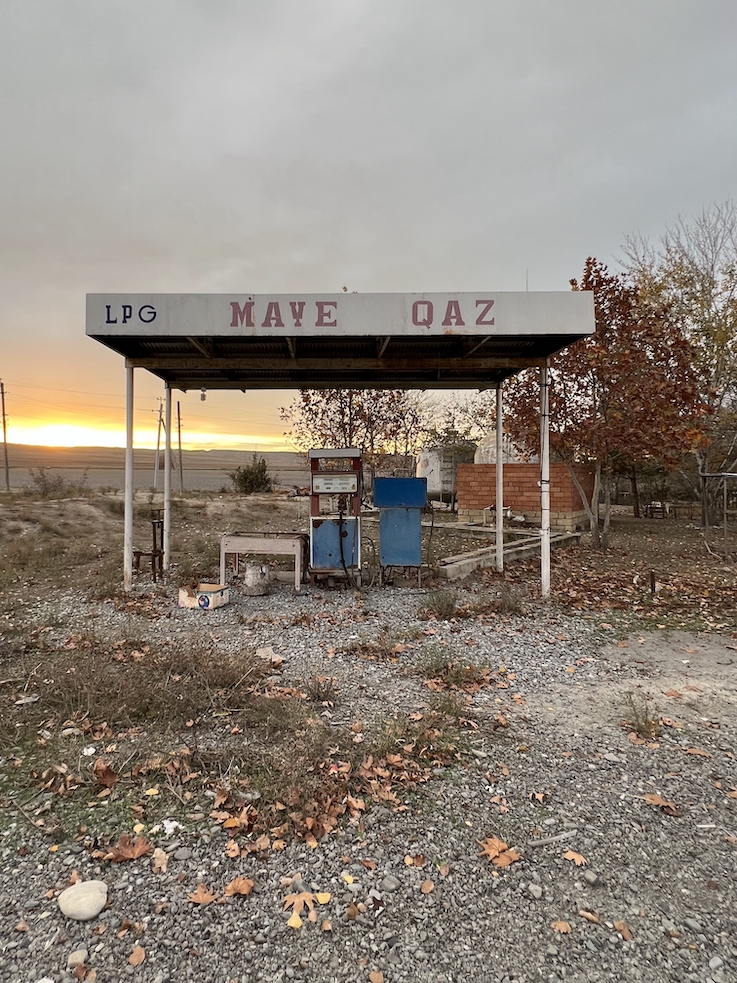
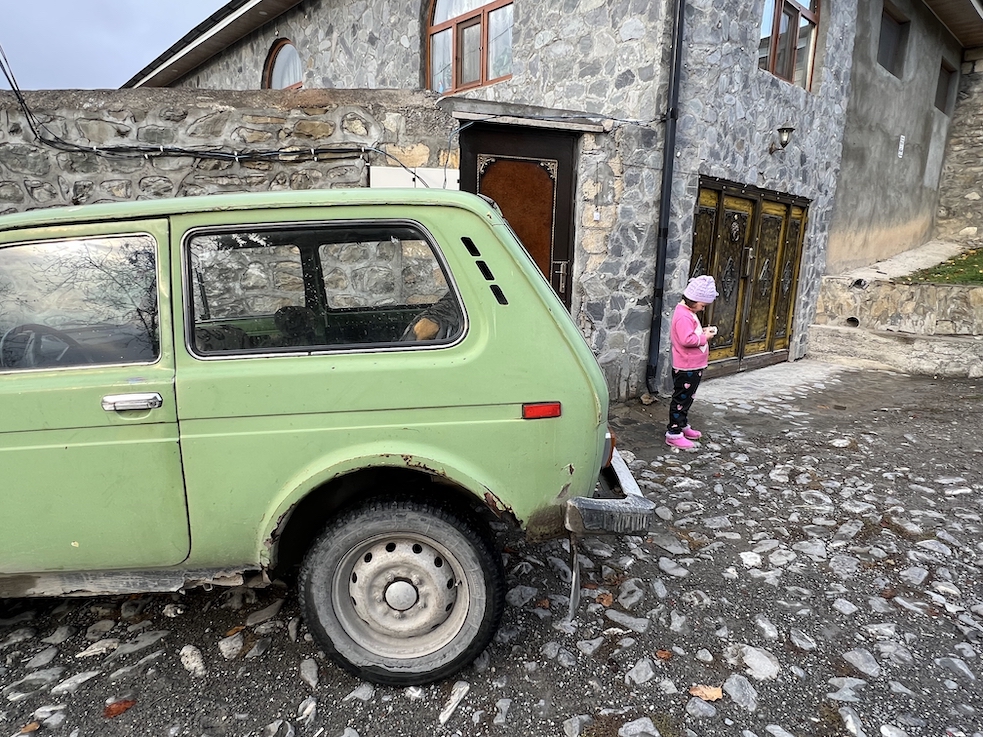
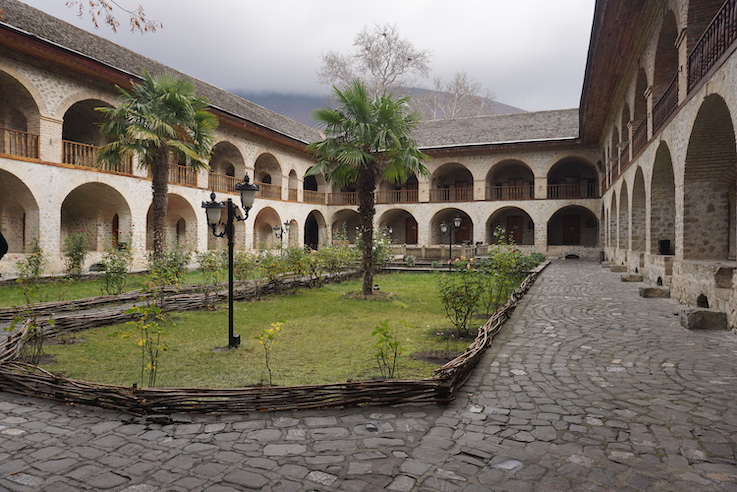
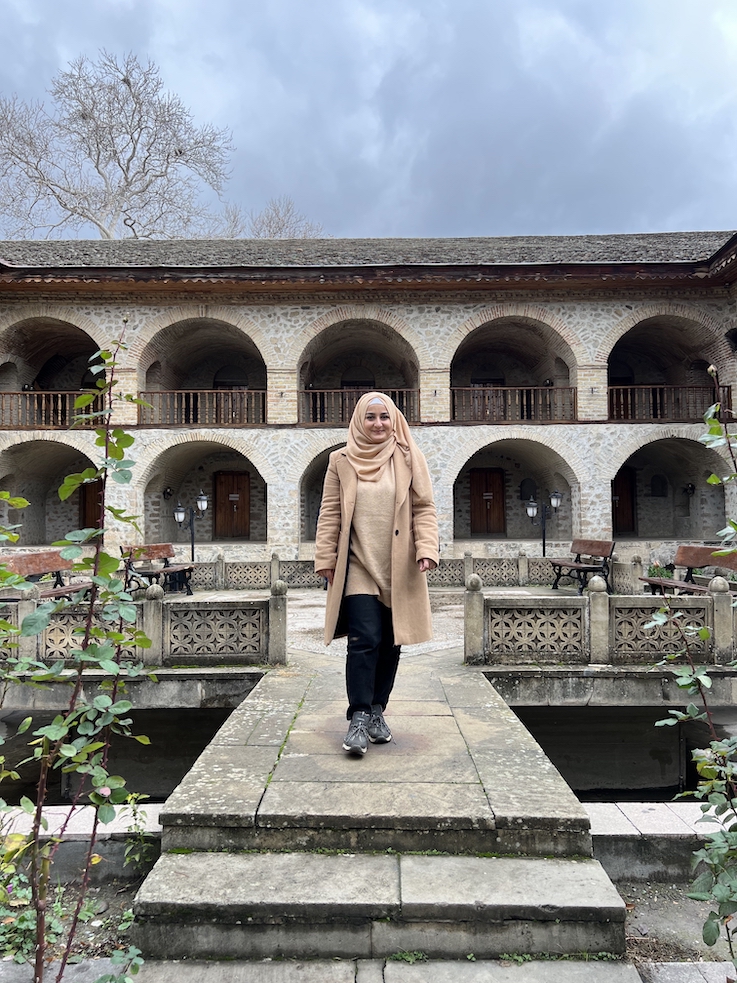
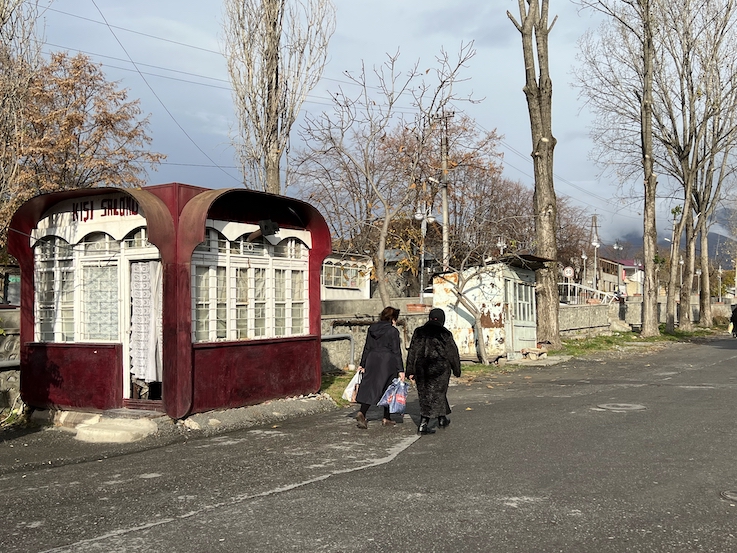
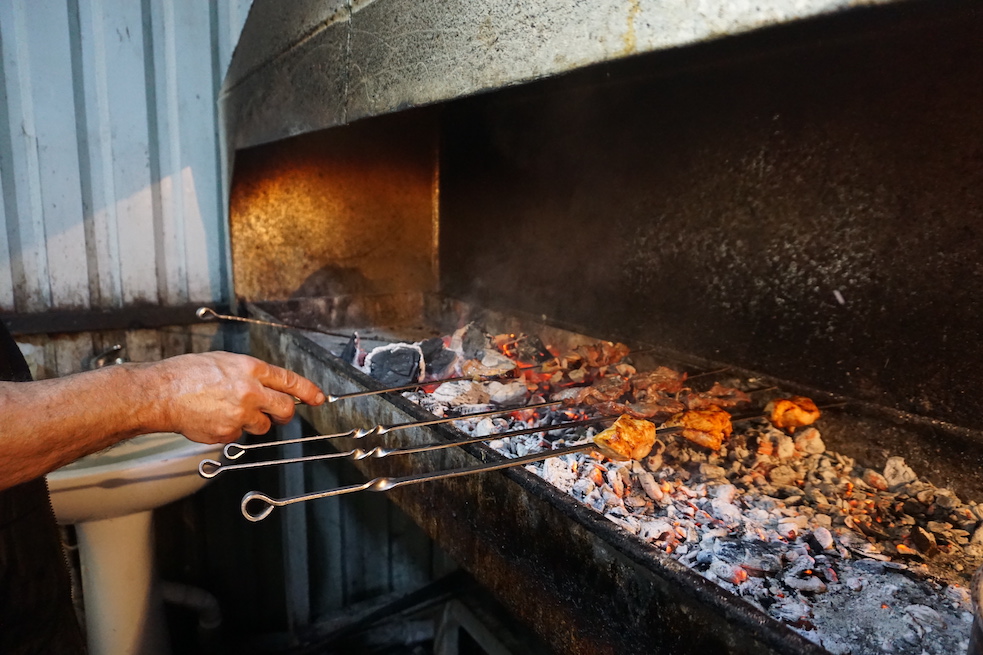
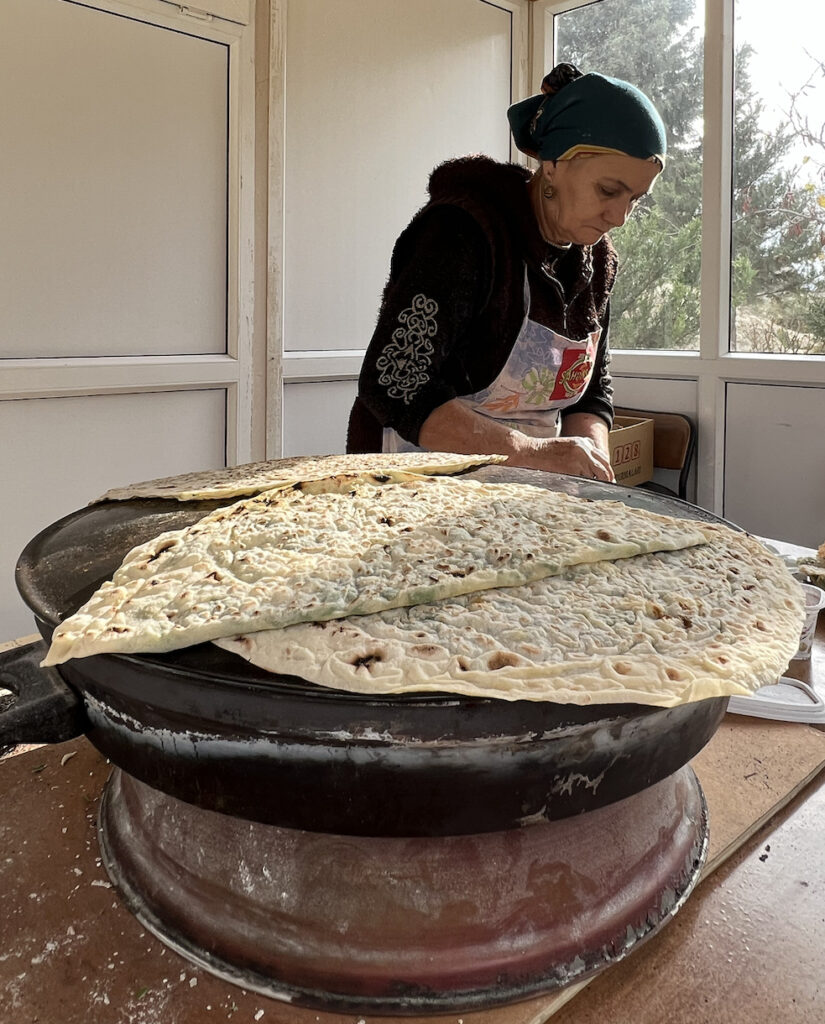

Shebeke Stained Glass Windows
In the 19th century, Sheki was an international center for silk production. Today, it stands as one of the most picturesque towns in Azerbaijan, adorned with cobblestone streets, medieval architecture, and houses made of clay and wood. It is a refreshing and idyllic retreat in an otherwise arid southern region. The number of tourists here may be few at the moment, but that could soon change. In July 2019, the historical center and the impressive 18th-century Shaki Khans Palace, with its captivating architecture influenced by Safavid traditions, were added to the UNESCO World Heritage List. Be sure to book a guided tour of the palace’s interior, where you can admire the vibrant Shebeke artisanal stained glass windows, intricate woodwork, and Persian art. Furthermore, in the coming months, art galleries and other attractions will open in the vicinity of the palace. Besides the Khan’s Palace, the splendid merchant houses also bear witness to the wealth generated by silk cultivation and trade from the late 18th to the 19th century. As you embark on your journey through Azerbaijan, prepare to be enthralled by its captivating landscapes, cultural heritage, and diverse experiences. This vibrant country weaves together the tapestry of history, architecture, and natural wonders, creating a truly unforgettable destination.
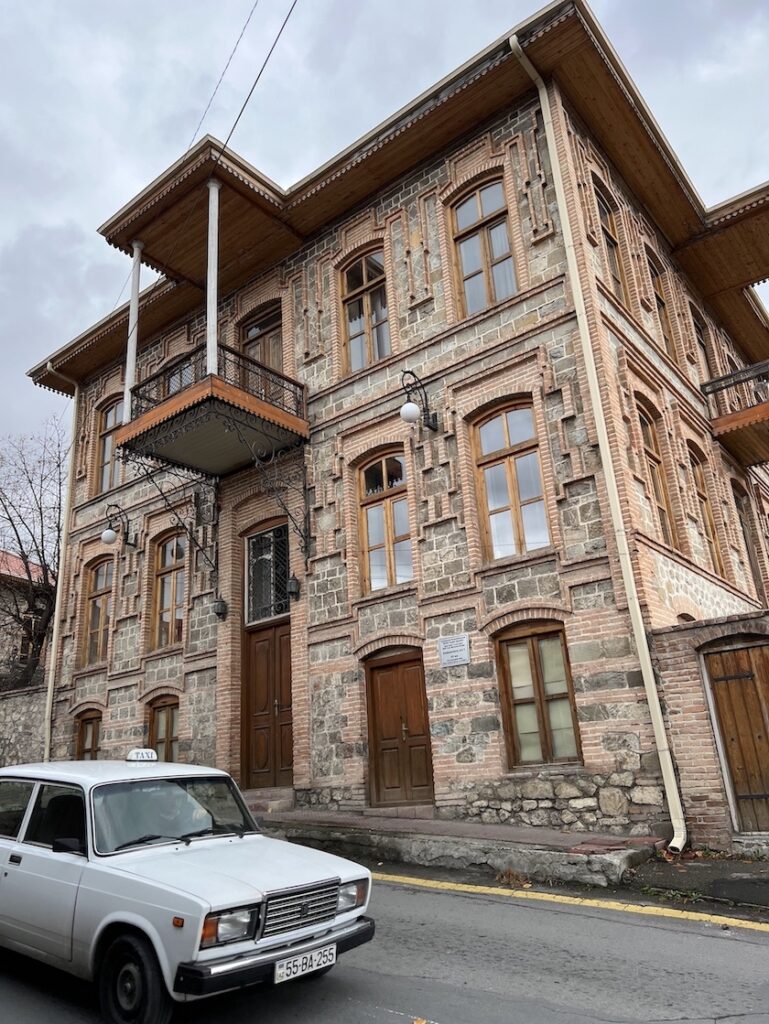
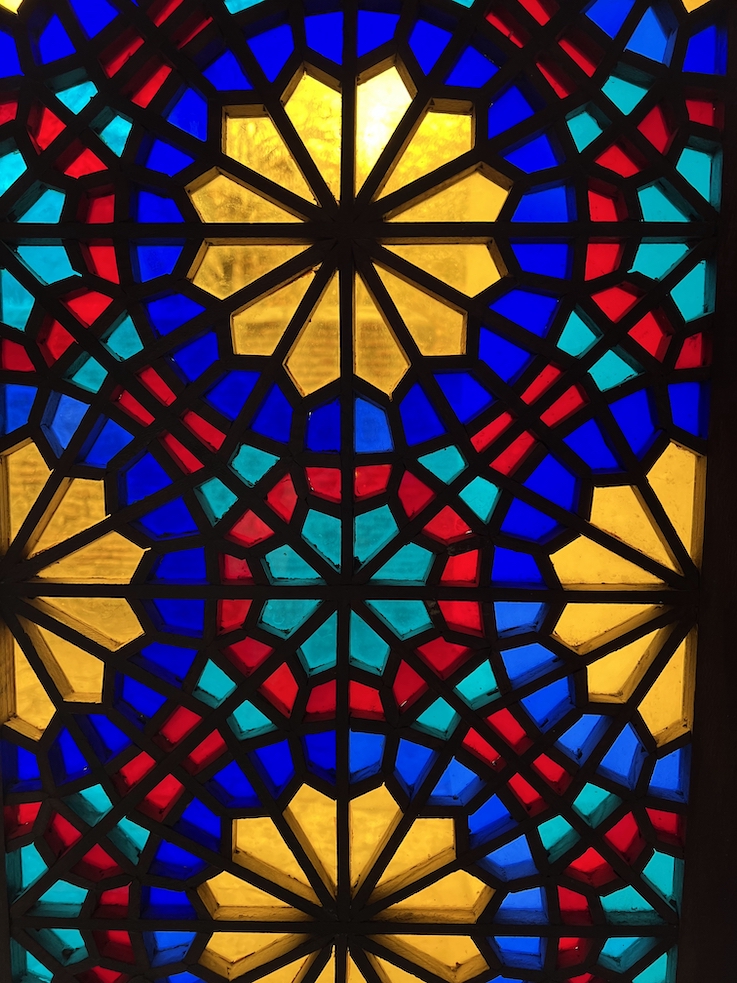
Ravine Land
Two of the most interesting attractions in Azerbaijan are the mud volcanoes and rock carvings in Gobustan National Park, and they can easily be combined in a single day trip. Gobustan, which translates to “ravine land,” is located 65 kilometers south of Baku, along the Caspian coast, and presents an unmissable post-apocalyptic landscape of rocks, gorges, and craters. While it was pleasantly warm during our visit in November, Gobustan’s weather is typically windy and harsh, causing the mud to dry quickly and crack, creating mesmerizing color patterns. Before entering the park, make sure to visit the archaeological museum, which provides insights into interpreting the petroglyphs. This knowledge enriches your journey as you explore the park, which boasts an impressive six thousand rock carvings. The mud volcanoes on the Absheron Peninsula near Baku are also easily accessible as a day trip from the capital. Azerbaijan is home to the largest number of mud volcanoes in the world, with 350 out of the 700 volcanoes scattered across the country’s volcanic soil, rich in minerals and sulfur. These volcanoes undergo chemical dance with the groundwater, giving birth to enchanting mud pools. These pools, resembling colossal termite mounds, vary in height and sprawl across the terrain with craters spanning dozens of meters. Deep within the earth, methane and carbon dioxide gases continually bubble and surge, causing the mud volcanoes to rumble. As we venture into this serene landscape, the only sound accompanying us is the gentle rustling of the wind, occasionally interrupted by the delightful blub, blub, blub of gas bubbles bursting open. With curiosity and intrigue, we dip our hands into the unexpectedly cool mud and apply the substance to our faces. This type of mud is renowned for its therapeutic properties, although wellness centers or beauty clinics taking advantage of its benefits are yet to be found in Azerbaijan. However, we are assured by a tourism representative that efforts are underway, and the first centers are expected to open in the coming years. As we explore this mudpool landscape, caution is advised, for one misstep can lead to the sinking sensation of quicksand. One of our Italian companions found himself firmly stuck in a muddy trap, and recovering his shoe proved to be quite a challenge. Yet, fear not! If you’re willing to discard your shoes and don swimwear, a dip in one of these mud pools guarantees a truly unique and unforgettable experience.
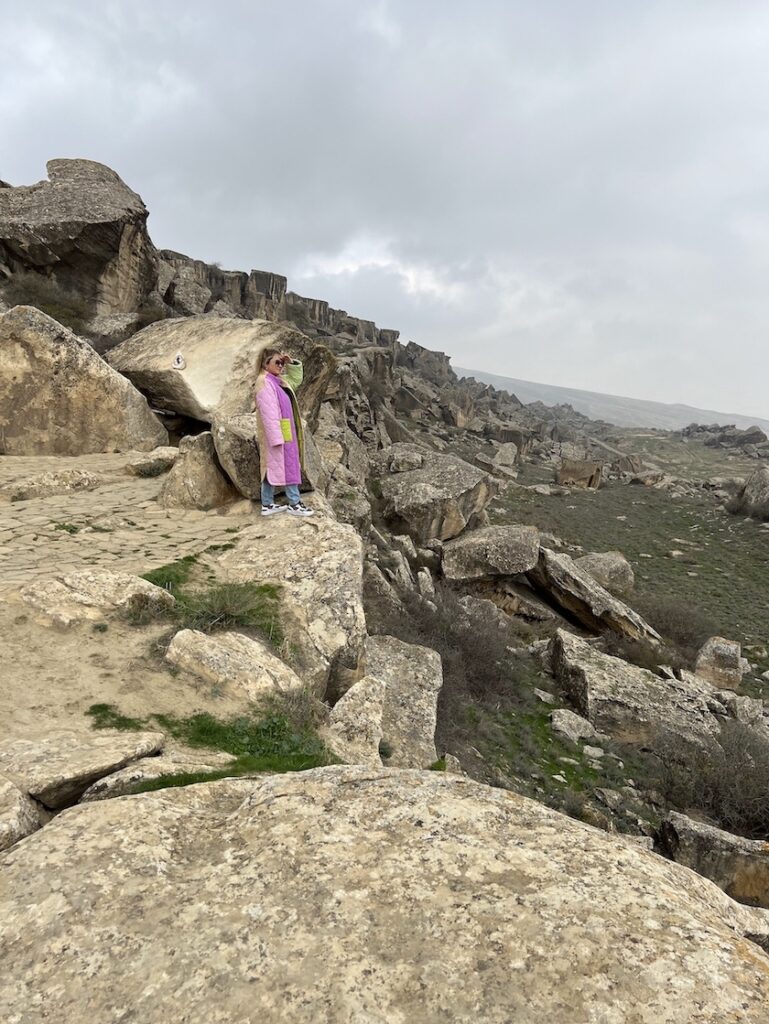
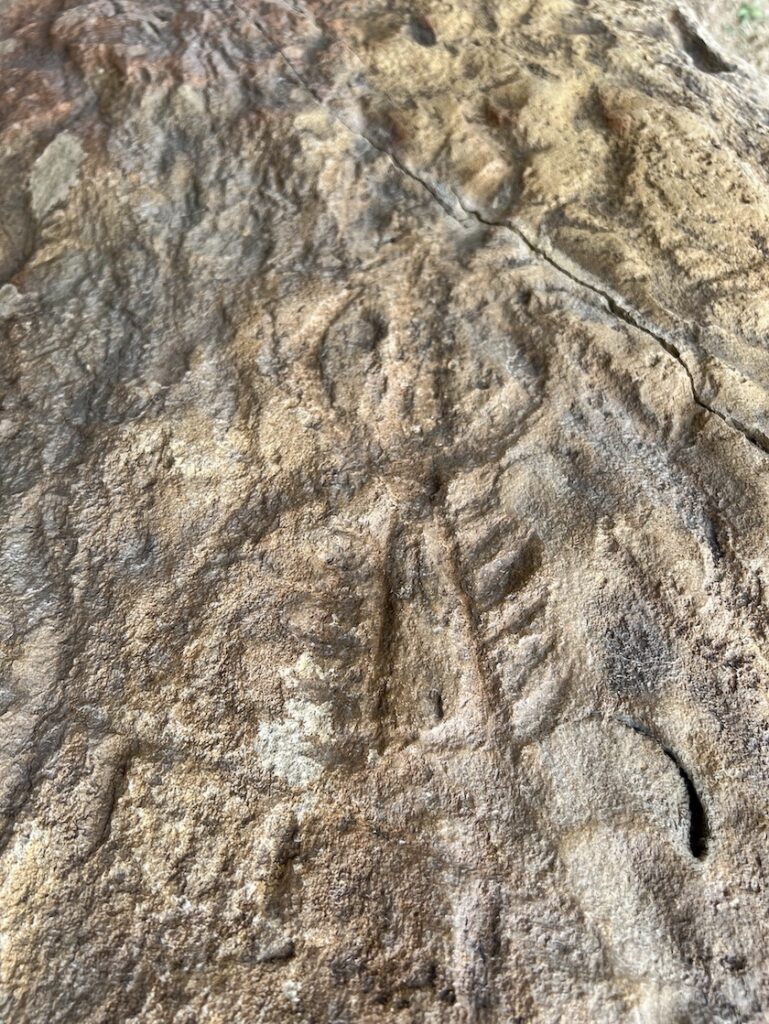
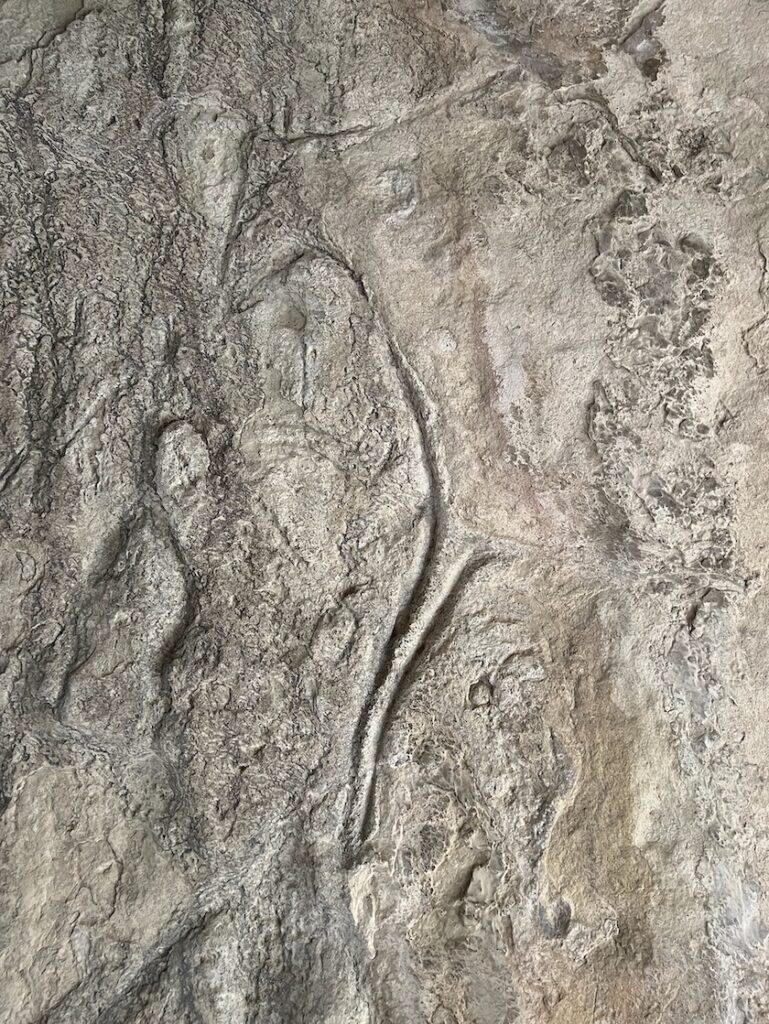
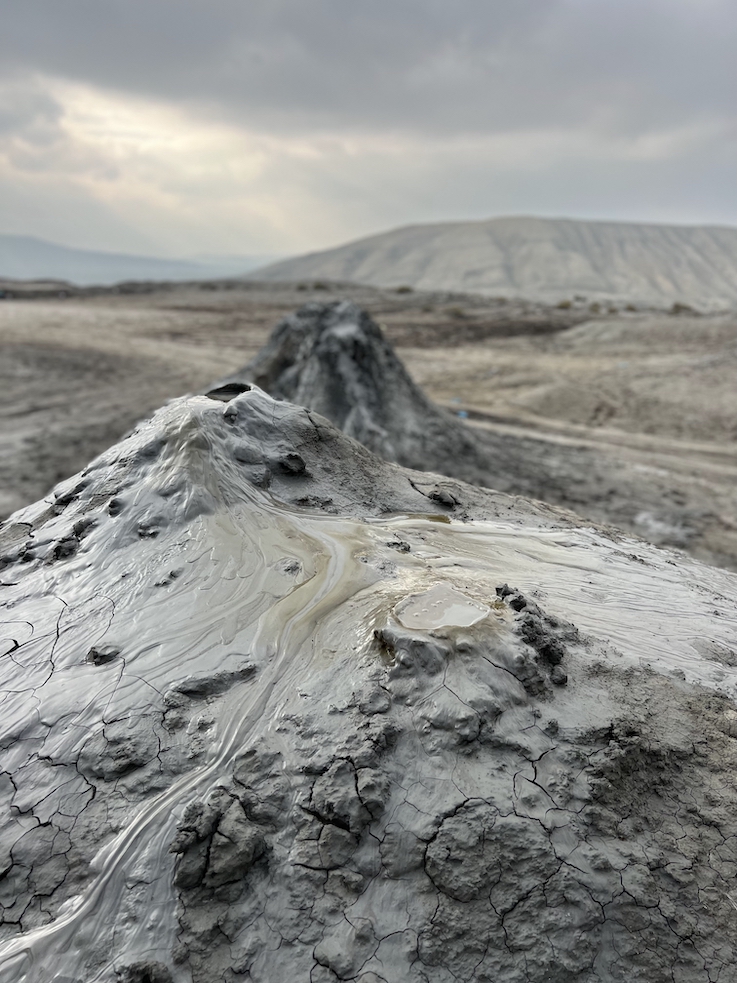
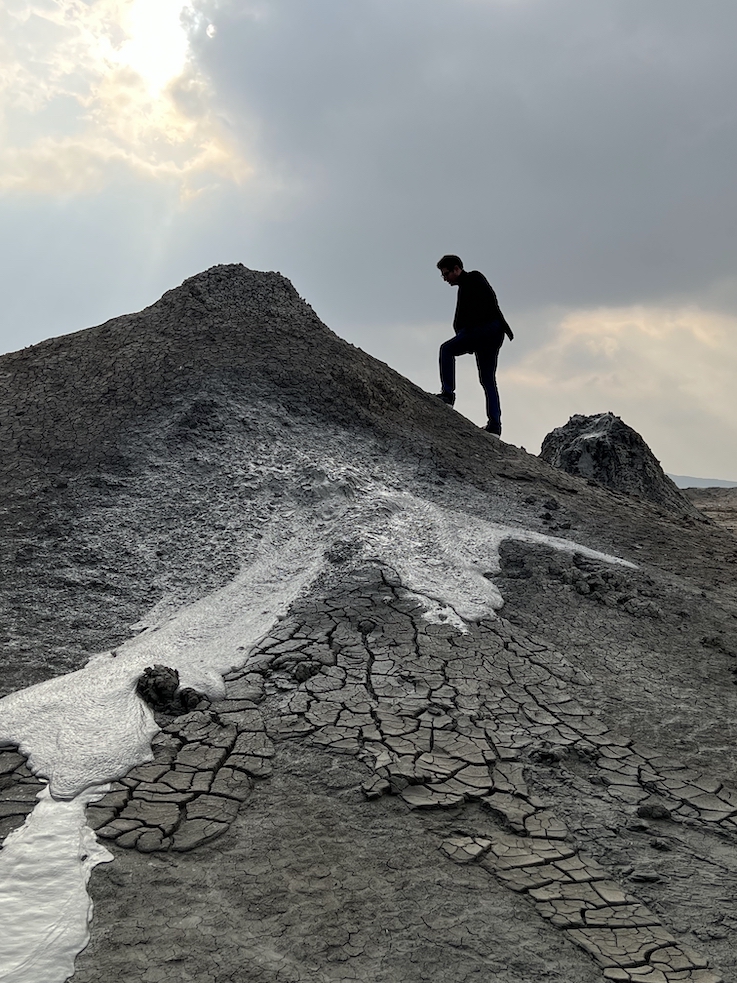
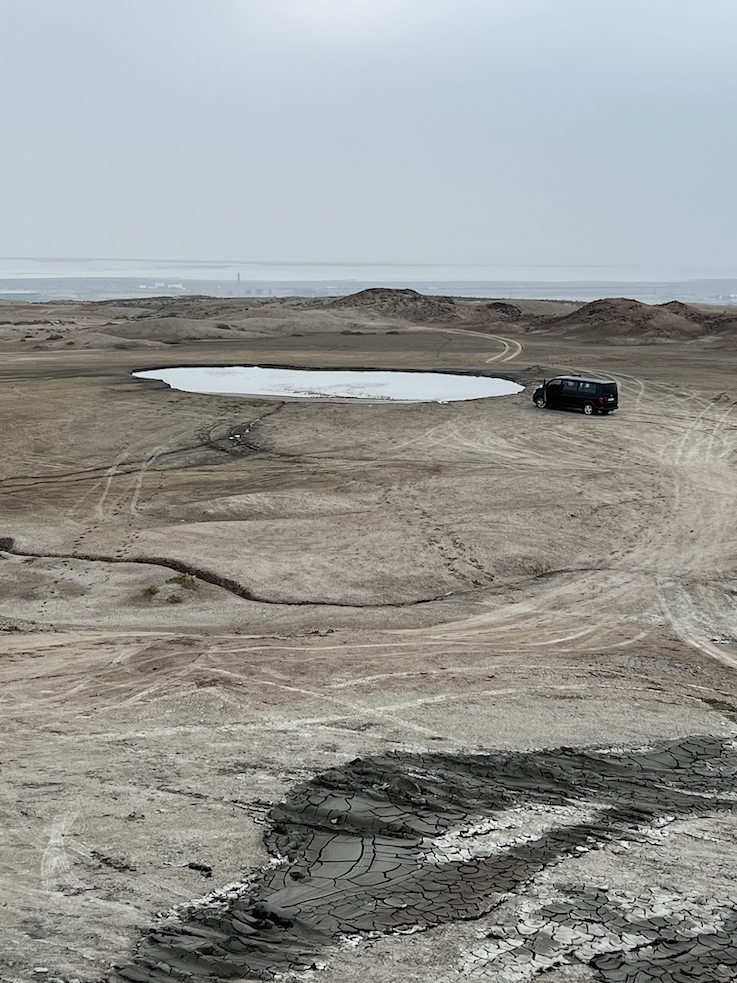
The Ever-Burning Mountain
If you yearn to escape the bustling city life of the capital, Baku, then a visit to Yanar Dag, the natural gas source aptly named the “Burning Mountain,” located in the outskirts, is highly recommended. This fascinating phenomenon has been perpetually ablaze since ancient times. Flames, reaching up to three meters in height, dance across a ten-meter-wide area along the limestone hillside. Our guide, Faig, shares with us the futile attempts made in the past to extinguish the fire, as it always rekindled with vigor. Alongside our exploration of Yanar Dag, we also embark on an electric off-road scooter trip that takes us beyond the “Burning Mountain” to a small mud pool. However, compared to the previous spectacle, this mud pool pales in size and grandeur. With that in mind, we continue our journey in pursuit of more fiery spectacles. As evening sets in, we arrive at the Fire Temple of Baku. Initially, a sense of disappointment washes over us as the vast parking lot lies empty, making us fear that we might miss out on the main spectacle. However, as we pass through the arch of the central 17th-century gate, our disappointment gives way to awe. The flames illuminate the five-sided complex and the columns of the courtyard, creating an intensely atmospheric ambiance. While the flames are currently fueled by gas pipes, until 1969, the “ever-burning flames” were a natural phenomenon sustained by the earth’s gas. Persian and Indian inscriptions above the temple’s gates reveal its historical significance as a place of worship for Hindus, Sikhs, and Zoroastrians. Today, the rooms that once accommodated Silk Road merchants have been transformed into a museum that vividly portrays the rich history of fire temples through captivating texts and visuals. Whether your interests lie in history, architecture, nightlife, or nature, Azerbaijan offers something remarkable for everyone.
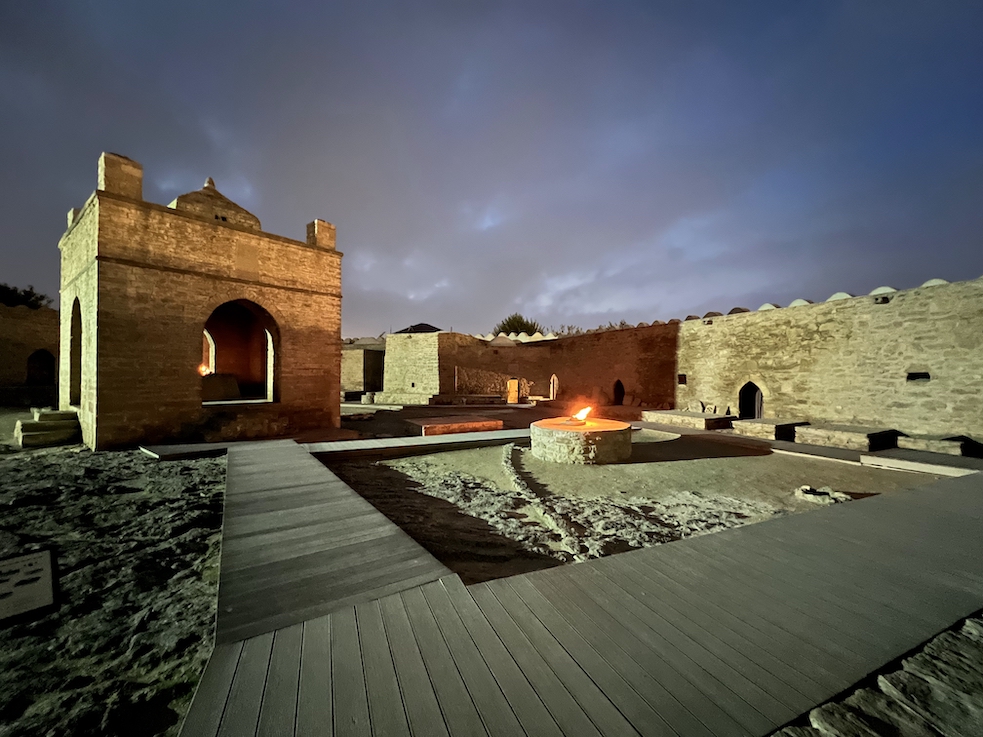
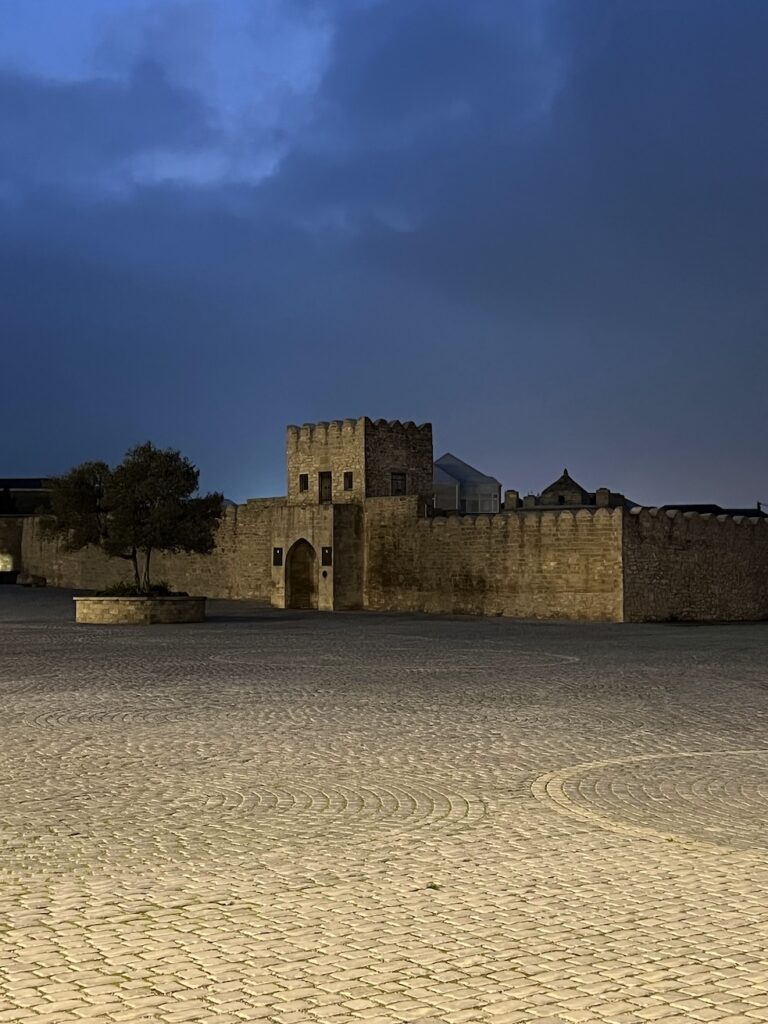
Must-See Attractions
- The iconic Flame Towers in Baku are three magnificent skyscrapers that house offices, apartments, and the Fairmont hotel. At night, LED screens illuminate the city skyline, depicting burning flames. They pay homage to the country’s historical identity as the Land of Fire and its current wealth from oil. Bar19, located on the 19th floor of Fairmont Baku Flame Towers, offers a phenomenal view of the city. www.fairmont.com/baku/
- The Carpet Museum, situated along the Seaside Boulevard, is one of the modern architectural icons of Baku. Designed by Austrian architect Franz Janz, the striking building resembles a rolled-up carpet and opened its doors in 2014. The museum houses the world’s largest collection of Azerbaijani carpets, with over 6,000 specimens. The exhibited carpets mainly date from the 17th to the 20th century and are arranged by style and region. In rural areas of the country, carpet weaving remains a cherished family tradition passed down from generation to generation. In addition to carpets, the museum features artistic metalwork, ceramics, glass, woodwork, paper, costumes, embroidery, and jewelry.
- The Heydar Aliyev Center, designed by Zaha Hadid, is a sight to behold both from the outside and inside. Fans of modern architecture shouldn’t miss the opportunity to explore its interior. Inside, you’ll find permanent and temporary art exhibitions, as well as models of the main buildings in Baku and the former state vehicles.
- According to the Guinness Book of Records, the Miniature Book Museum houses the world’s largest collection of miniature books, with over 7,000 booklets. Among the most rare are four micro-books from the Japanese ‘Toppan’ Publishing House: one measuring 0.75 by 0.75 millimeters, and three measuring 2 by 2 millimeters. These tiny books contain only a few dozen pages, each with one or two words. The most captivating collection awaits you as soon as you step inside the museum.
For more information, visit www.azerbaijan.travel
